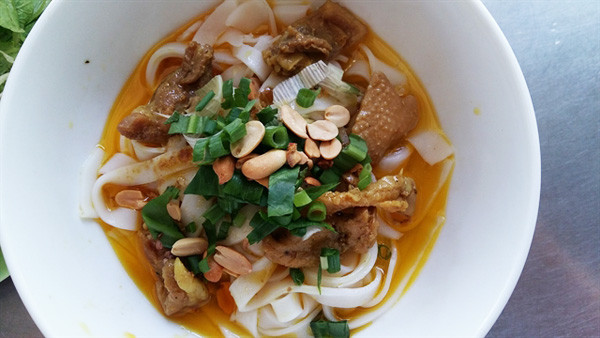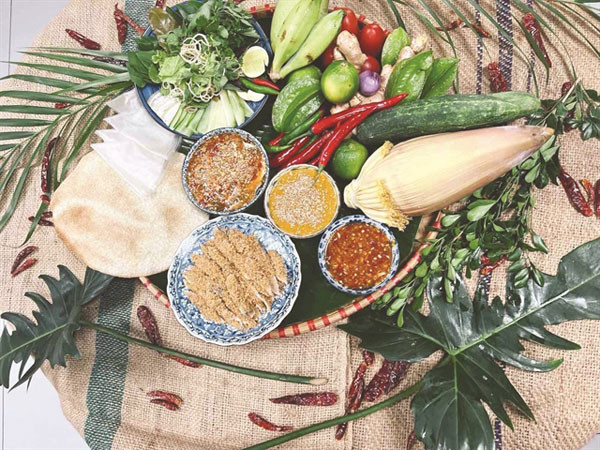
Chairman of the central region cuisine association, Ly Dinh Quan said the collection had been selected from 152 dishes of the coastal and central highlands communities during the first stage of the national cuisine collection journey by the Vietnam cuisine association.
He said 78 local traditional specialties from villages and ethnic communities in Nghe An, Ha Tinh and Lam Dong were major contributors to building the national valuable art of food.
Quan said culinary specialties including Mỳ Quảng (a noodle dish particular to Quang Nam and Vietnam's central region), gỏi cá Nam Ô (Nam O Village’s raw fish), or bánh tráng thịt heo (rice paper rolls with pork); Cao Lầu (a noodle dish of Hoi An), herbs dishes of central highlands communities were officially listed in the national collection.
He said experts and gourmets had identified the typical food of every locality that is seen as a ’must try’ food for tourists when visiting local destinations.

Ha Quoc Khanh, vice chairman of the Vietnam Cuisine Association said the collection aims to honour 1,000 specialties from the traditional culture and lifestyle of communities in 63 provinces.
He said the first stage of the collection, which has introduced 421 dishes from 63 provinces, will help contribute to a full collection of the Vietnam culinary museum in 2024.
He said 21,000 bowls of phở (rice noodle soup with beef) were sold at the Vietnam’s Pho Day on December 12.
Khanh said the culinary museum will be digitalised in promoting local culture and tourism of the north, central and south of Vietnam through food introduction to worldwide visitors and gourmets.
Previously, the US tourism website TripAdvisor voted Phượng’s Bread as the best Bánh Mỳ shop in Vietnam and 32nd out of the 432 restaurants in the ancient town.
Quang Nam Province plans to promote Mỳ Quảng as the national intangible heritage.
Source: Vietnam News